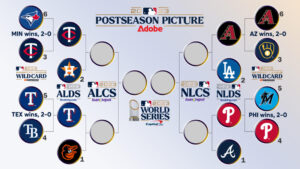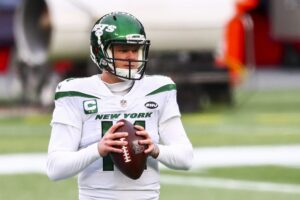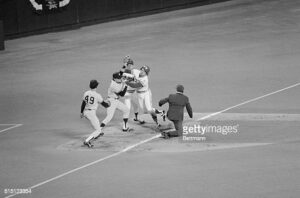Tom Seaver, Among the Giants of Baseball History, Has Died.
The greatest Met in franchise history has died. Tom Seaver was 75,
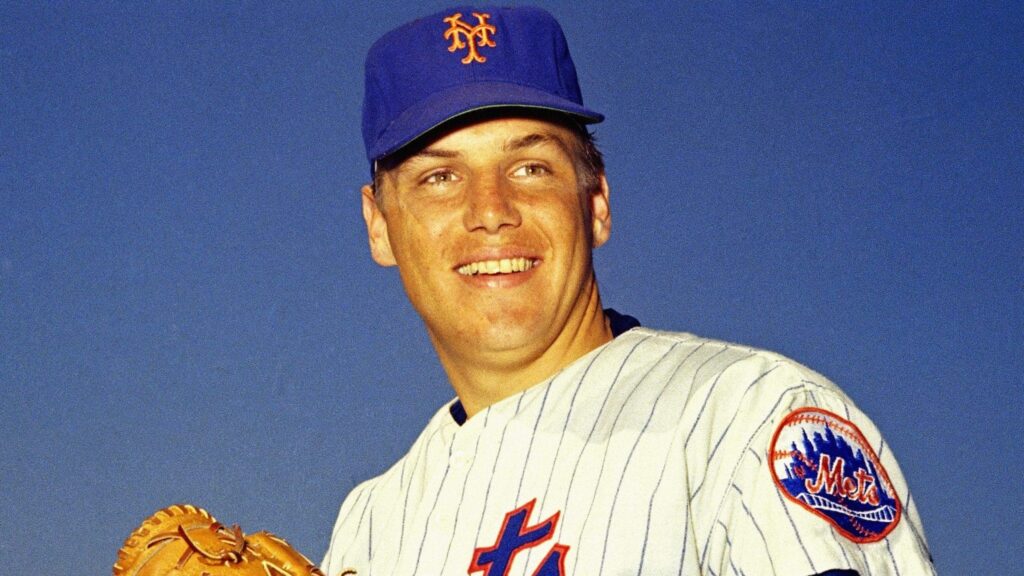
By Scott Mandel
Tom Seaver could be arrogant as a 22-year old rookie righthanded pitcher with the New York Mets in 1967. He could be curmudgeonly as a 40-year old at the end of his career with the Boston Red Sox. Tom Seaver did not suffer fools from the inquiring media or even, his own teammates.
But, Tom Seaver could pitch.
He did it so well, he was elected into the baseball Hall of Fame with 98.7% of the vote, the highest vote tabulation of all time, up to that point in 1990.
But, the most important thing Tom Seaver accomplished in his baseball career was carrying an entire franchise, the forever moribund New York Mets on his shoulders towards more than respectability. Seaver carried them always the worst team in baseball since its inception in 1962, to the championship of the world in 1969, defeating the powerful Baltimore Orioles in the World Series.
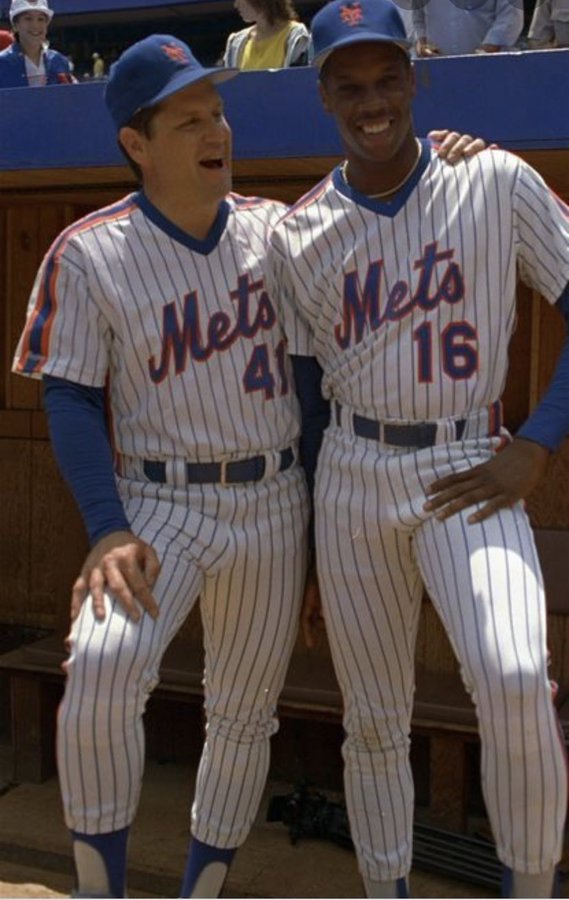
Fifty-one years later, it might still be the greatest baseball story ever told. The Miracle Mets of 1969, never having finished above .500, going from ninth place in 1968 to the World Series title. The hapless, bumbling, laughingstock New York Mets, most famous for the time Marv Throneberry hit an apparent game-winning triple only to have missed first base, with the Mets instead losing the game. Those luckless, atrocious Mets, whom Casey Stengel explained had selected a certain catcher in the expansion draft because they needed somebody to prevent the ball from rolling to the backstop.
That’s how the Mets were born and, boy, were they bad. They lost 120 games that first season in 1962 and followed up with seasons of 111, 109 and 112 losses. In 1966, they climbed out of last place for the first time — all the way up from 10th place to ninth. The fans in Queens loved them nonetheless. Even though the Mets lost 95 games that year, they finished second in the major leagues in attendance.ADVERTISEMENT
The transformation from lovable losers to champions began in 1967. It began with Tom Seaver.
The story of how Seaver landed with the Mets is a little miracle in itself. The Atlanta Braves had drafted the Southern California right-hander in the secondary phase of the January draft in 1966, a part of the draft that no longer exists and was reserved for players previously drafted who didn’t sign. The Los Angeles Dodgers had drafted Seaver in the 10th round in 1965, but a Dodgers scout named Tommy Lasorda refused to meet Seaver’s $70,000 asking price. Seaver returned to school.
Seaver and the Braves reached a deal in late February for a $40,000 bonus. USC’s spring season had already started, however, and under baseball’s rules, a team couldn’t sign a player if his college season had begun. Commissioner Spike Eckert nullified the contract. Seaver then tried to return to school, but the NCAA declared him ineligible, even though he had yet to accept any money.
It was a classic Catch-22 situation. Seaver’s dad threatened a lawsuit. Eckert, in an unprecedented move, set up a special lottery. Any team willing to match Atlanta’s $40,000 bonus could participate, but the Braves were banned from signing Seaver for three years. Only three teams chose to get involved in the Seaver sweepstakes: the Philadelphia Phillies, Cleveland Indians and Mets. The Mets won the lottery.
Eckert explained his decision was “for the interest of the boy and the public. The youngster previously signed a contract with another club in good faith only to learn he had been improperly contracted,” Eckert said. “It was not his fault that the contract was invalidated.”
Did the Mets know what they were getting? It’s perhaps noteworthy that only three teams thought he was worth that $40,000 bonus, though that was a sizable bonus for the time, more than most of the first-round picks would receive that June. Seaver had been lightly scouted in high school in Fresno, California, but he was just 5-foot-9 and 160 pounds as a senior in 1962. He spent the next year working in a packing plant and joined the Marine Corps Reserve. After a year at Fresno City College, he transferred to USC.
When Seaver initially agreed to the deal with the Braves, the Fresno Bee interviewed Braves scout Johnny Moore, the team’s West Coast supervisor.
“We’re very high on Tom’s potential,” Moore said. “We have watched him since he was a small lad in Fresno, and we especially kept our eye on him as he developed at Fresno City College and Southern Cal. As far as I’m concerned, there has been only one better deal since the free-agent draft setup [came] in effect last June. That was the signing of Rick Monday by Kansas City.”
Monday had been the first pick in the first draft in 1965.
So while Seaver was only the 20th pick in the January phase, it was apparent he was an excellent prospect. The Fresno paper called him a “fireballing right-hander.” It’s possible that Seaver’s bonus demands scared some teams away. His dad also thought Seaver’s military commitment might have been an issue. “The Braves were the only club to go after him,” Charley Seaver said, “possibly because of his military status.”
But it’s also possible some teams hadn’t seen Seaver and that even though he had gone 10-2 with a 2.47 ERA for USC, his fastball didn’t impress. Years later, Baseball America quoted a veteran scout from the area who said of Seaver: “Some clubs wouldn’t give him more than $4,000 because he had a below-average fastball. But he pitched against a team called the Crosby All-Stars just before the draft and was facing active major leaguers. He struck out 12 in five innings.”
The Fresno Bee didn’t mention that game, but it did mention one outing for USC early in 1966 when Seaver threw five perfect innings against the San Diego Marines. The paper also said the Dodgers had reportedly offered Seaver $50,000 to sign in 1965.
Seaver was an immediate star in New York. He spent 1966 in the minors and reached the Mets in 1967, when he went 16-13 with a 2.76 ERA and won National League Rookie of the Year honors. He went 16-12 with a 2.20 ERA in 1968 as the Mets climbed out of the cellar. Still, after going 73-89, they weren’t expected to do much in 1969, the first year the leagues were split into divisions.
Featuring a young rotation with the 24-year-old Seaver, 26-year-old Jerry Koosman, 22-year-old Gary Gentry, 25-year-old Jim McAndrew and 22-year-old part-time starter Nolan Ryan, the Mets allowed the second-fewest runs in the league. Seaver went 25-7 with a 2.21 ERA, winning the first of his three Cy Young Awards.
The Mets were seven games behind the Chicago Cubs on Aug. 21 but went 32-10 the rest of the way to win the division by eight games. Seaver started eight games in that stretch — and went 8-0 with eight complete games and a 1.00 ERA. In Game 4 of the World Series against the heavily favored Baltimore Orioles, Seaver tossed a 10-inning complete game to win 2-1. Koosman wrapped it up the next day.
Seaver became known as Tom Terrific and rightly so. Since World War II, the only pitcher with a higher career WAR is Roger Clemens. Seaver was ahead of his time in more than his bonus demands. A 1972 profile by Pat Jordan in Sports Illustrated dug into Seaver’s dedication to his craft and to lifting weights, an exercise that most players of his era avoided.
“He believes, unlike most pitchers and coaches, that a selective program of weight lifting will add speed to a pitcher’s fastball,” Jordan wrote. Indeed, in one of his autobiographies, Ryan mentioned seeing the “doughy” bodies of his fellow Mets pitchers and he too became an early proponent of lifting weights.
“Pitching is what makes me happy,” Seaver told Jordan. “I’ve devoted my life to it. I live my life around the four days between starts. It determines what I eat, when I go to bed, what I do when I’m awake. It determines how I spend my life when I’m not pitching. If it means I have to come to Florida and can’t get tanned because I might get a burn that would keep me from throwing for a few days, then I never go shirtless in the sun. If it means when I get up in the morning I have to read the box scores to see who got two hits off Bill Singer last night instead of reading a novel, then I do it. If it means I have to remind myself to pet dogs with my left hand or throw logs on the fire with my left hand, then I do that too. If it means in the winter I eat cottage cheese instead of chocolate chip cookies in order to keep my weight down, then I eat cottage cheese. I might want those cookies, but I won’t ever eat them.”
The suggestion was that Seaver wasn’t a natural-born talent. He made himself into an all-time great. “Although he is not conscious of it, Seaver shows his disdain for men who he feels have not fulfilled their potential,” Jordan wrote. “For Seaver, a man’s talent is not just a part of the man. It is the whole man, or at the very least a mirror of the whole man.”
Of course, Seaver wasn’t without talent. I remember once talking to former ESPN baseball analyst Dave Campbell, who was in the lineup for the San Diego Padres the day Seaver fanned a record 10 batters in a row.
“He was so dominant that day, he could have told us what pitch was coming and we still wouldn’t have hit it,” Campbell said.
Now we mourn Seaver’s death at age 75, with 1969 a distant, graying memory. I scroll through Facebook and see all the tributes from those who just lost their childhood hero.
“Thank you for being such a great role model,” wrote my brother-in-law, Jeff Russo.
Geoff Reiss, the man who hired me so many years ago to work for ESPN’s website, wrote: “This is so incredibly sad. He was my Mantle, Kobe, MJ.” He posted a photo of his autographed Seaver jersey.
The legendary baseball writer John Thorn simply wrote: “Tom Seaver … hail and farewell.”
Many Mets fans say the saddest day of their youth was the day New York traded Seaver to the Cincinnati Reds. It’s time to shed another tear.
